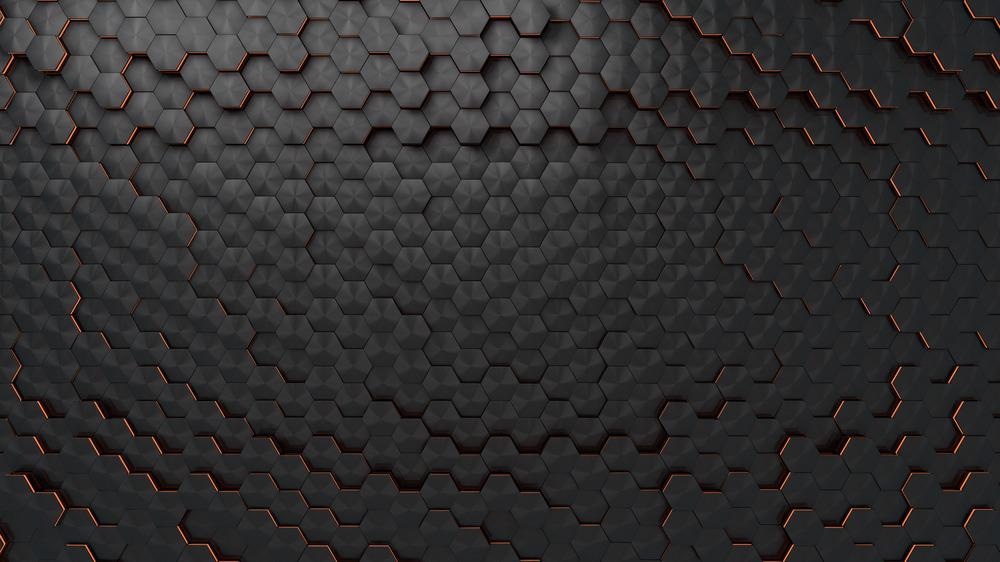A group of researchers has developed a porous 3D carbon fiber network doped with cobalt matrix for simultaneous fabrication anodes and cathodes of Li-S batteries, according to a recent study published in the journal Materials Today Energy.

Study: Integrating a 3D Porous Carbon Fiber Network Containing Co with Artificial SEI to Consummate Advanced Electrodes for Lithium-Sulfur Batteries. Image Credit: alex_garmash/Shutterstock.com
Lithium-sulfur batteries (LSBs) are considered to be the ideal next-generation fuel cells because of their high theoretical energy density. However, their inherent problems severely restrict their industrial applications. This newly published research hopes to overcome these problems.
The development of renewable energy devices has increased rapidly in recent years as the need for portable electronics has skyrocketed. As a consequence, new kinds of battery cells are being created in addition to the standard lithium-ion batteries (LIBs). In this context, lithium-sulfur batteries (LSBs) have several benefits over other energy storage devices, including high power density, high storage capacity, and low cytotoxicity.
Problems in Fabrication of Lithium-Sulfur Batteries
Despite their numerous benefits, lithium-sulfur batteries still have some issues that must be addressed before they can be produced on a large scale.
To begin with, the strong isolating characteristic of sulfur and lithium sulfide causes LSBs to operate poorly. Secondly, the operational use of lithium-sulfur batteries is severely limited due to the high-volume expansion of lithium metal combined with a low discharge current.
Furthermore, the unregulated production of lithium dendrite increases throughout the installation and disintegration process due to the non-homogeneous charge density, resulting in a limited life span and safety hazards. In addition, the solubility of transitional lithium polysulfides results in dismal reaction rates.
The unstable solid electrolyte interphase (SEI) layer fractures and reassembles regularly due to lithium's strong chemical activity, resulting in poor ion conduction and high interfacial impedance.
Due to the several drawbacks of traditional lithium-sulfur batteries, new-style LSBs must be constructed by properly developing high-quality electrodes.
Previous Methods for Design of High-Quality LSB Electrodes
To improve the stability of lithium anodes, pure Li metal was previously mixed with a nanomaterial such as a graphene oxide or nickel foam to lower local voltage and decrease volume change.
Even though this approach successfully constrains dendrite development, many 3D hosts, particularly carbon-based compounds, need lithophilic formation sites for uniform deposition of lithium. In another work, a customized SEI layer was created to improve the structural strength of the whole electrode, but the foreign SEI layers' poor mechanical stability severely limited the practical applications of LSBs.
On the cathode side, sulfur was coupled with an electrical conductor such as a graphitic sheet to address its electrical conductance concern. However, it was found that diversified absorption effects are critical in preventing the shuttle effect in the medium.
Carbonated Filter Paper for Electrode Fabrication
In this study, the researchers employed carbon filter paper as a substrate to construct both an anode and a cathode at the same time for sophisticated lithium-sulfur batteries. With its quick charge transportation networks, superior electrical conductance, and large surface area, the filter paper porous carbon decorated with Co (FPPC@Co) is a suitable material for LSBs' electrode fabrication.
A spray annealing approach was applied to generate an SEI layer on a melting lithium anode with outstanding mechanical durability to improve the stability of LSB electrodes. The synthetic SEI layer created by this technique also efficiently blocks the formation of Li dendrites. To collect transitional polysulfides, chemical materials such as metallic nanoparticles, transition metal oxides, phosphides, and sulfides were deployed, enhancing the usage of the electrode material.
Key Findings
The researchers discovered that the SEI-based Li/FPPC@Co anodes not only enabled fast lithium-ion transmission but also efficiently prevented the formation of lithium dendrites, resulting in extended cycle life and minimal corrosion potential in symmetrical cells. The FPPC@Co/S cathodes outperformed their standard FPPC/S competitors due to the high conductance of the FPPC structure and the efficient adsorption effect of transitional polysulfides. The fuel cells showed excellent catalytic performance, reporting an initial coulombic efficiency of 96.44 %and capacity retention of 88.7% after 200 cycles.
Based on these results, it is inferred that synergic effects at both the anode and cathode sides can greatly increase the fuel cell integrity and electrochemical performance of lithium-sulfur batteries.
Continue reading: Understanding Graphene Batteries.
Reference
Wang, C. et al. (2021) Integrating a 3D Porous Carbon Fiber Network Containing Co with Artificial SEI to Consummate Advanced Electrodes for Lithium-Sulfur Batteries. Materials Today Energy. Available at: https://www.sciencedirect.com/science/article/abs/pii/S2468606921002951
Disclaimer: The views expressed here are those of the author expressed in their private capacity and do not necessarily represent the views of AZoM.com Limited T/A AZoNetwork the owner and operator of this website. This disclaimer forms part of the Terms and conditions of use of this website.